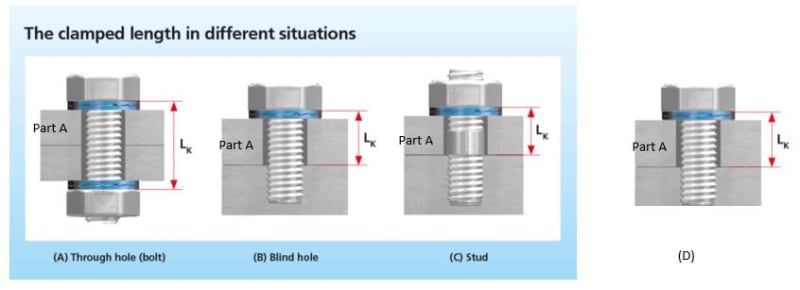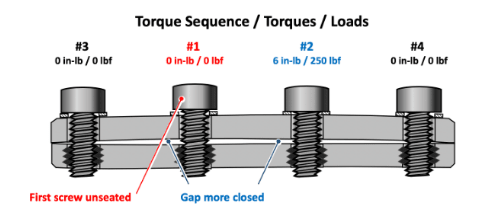sarclee
Mechanical
- Jan 14, 2022
- 105
Hi, if the frame thickness is 0.75 - 1.00 D, is 4-6D pitch for rivet Shear joint still applicable?
The frame thickness is around 4mm thickness...
The frame thickness is around 4mm thickness...
Follow along with the video below to see how to install our site as a web app on your home screen.
Note: This feature may not be available in some browsers.


